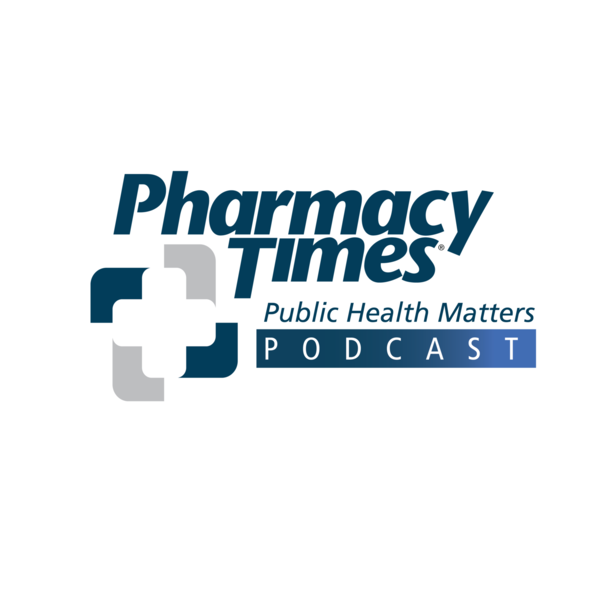Article
Cancer Mortality High in Rural America
Author(s):
Rural areas have a higher rate of death for lung, colorectal, prostate, and cervical cancers.
While cancer rates are generally decreasing in the United States, the CDC’s Morbidity and Mortality Weekly Report suggests that Americans living in rural areas may be at a higher risk of cancer.
The reduction in cancer deaths is approximately 1% per year in rural areas compared with a 1.6% reduction per year in urban areas, according to the CDC. The report is the first to describe cancer prevalence and mortality in both rural and urban areas.
The investigators noted that rural Americans are at an increased risk of lung, colorectal, and cervical cancers, while they have a decreased risk of female breast and prostate cancers.
Rural areas also were found to have a higher rate of death for lung, colorectal, prostate, and cervical cancers, according to the study.
“While geography alone can’t predict your risk of cancer, it can impact prevention, diagnosis and treatment opportunities — and that’s a significant public health problem in the US,” said CDC Acting Director Anne Schuchat, MD. “Many cancer cases and deaths are preventable and with targeted public health efforts and interventions, we can close the growing cancer gap between rural and urban Americans.”
The authors of the study examined data from the National Program of Cancer Registries and the Surveillance, Epidemiology, and End Results program. They also used the National Vital Statistics System to calculate cancer deaths.
The authors discovered that the cancer death rate was 180 deaths per 100,000 individuals in rural America, while the rate in urban areas was 158 deaths per 100,000 individuals. This difference was attributable to a slower decrease in cancer deaths in rural areas, according to the study.
While cancer incidences were slightly lower in rural areas (442 cases per 100,000 individuals) compared with urban areas (457 cases per 100,000 individuals), incidence rates were higher in rural areas for multiple cancers. These cancers were typically related to tobacco and those that can be prevented by screening, according to the CDC.
The authors also noted that rural areas have an increased rate of cancer-related deaths, which continues to increase.
The investigators discussed several strategies that may be able to address the gaps in cancer cases and deaths, according to the CDC.
Healthcare providers should continue to promote healthy behaviors in an effort to decrease cancer risk among patients, according to the report. Providers are also urged to recommend that patients do not use or stop the use of tobacco. Providers should also suggest that patients limit exposure to UV rays, increase physical activity, and eat healthy.
The CDC suggests that providers increase screening for cancer and vaccinate patients against HPV and hepatitis B virus to prevent related cancers.
Physicians can also participate in comprehensive control coalitions that focus on cancer prevention, education, screening, access to care, and support for survivors, according to the release.
“Cancer — its causes, its prevention, and its treatment – is complicated,” said Lisa C. Richardson, MD, oncologist and director of CDC’s Division of Cancer Prevention and Control. “When I treat cancer patients, I don’t do it alone – other healthcare professionals and family members help the patient during and after treatment. The same is true for community-level preventive interventions. Partnerships are key to reducing cancer incidence and the associated disparities.”






